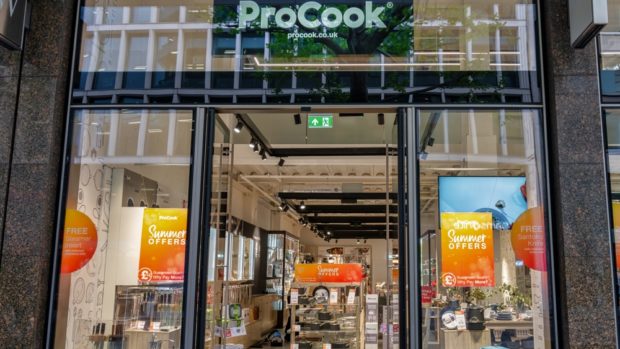dunnhumby has released The Future of Retail Revenues Must Be Data Led, a November 2019 commissioned study conducted by Forrester Consulting that found 85 per cent of grocery retailers globally lack the capabilities, technology, people and processes to use insights to monetise their data and drive customer experience in the $5.9 trillionworldwide grocery retail market. Despite the apparent barriers, the majority (82 per cent) of UK grocery retailers view growing revenues as their top priority in 2020, and plan to do so by improving their use of data insights to develop customer strategies (78 per cent) and to make business decisions (75 per cent).
“The global grocery market is in a fight for survival against pure play and other non-traditional competitors, who are further squeezing razor-thin margins” said David Clements, global retail director at dunnhumby. “We commissioned this study to better understand why so many retailers aren’t taking advantage of new revenue streams, while improving the shopping experience for their customers. We believe the study findings highlight the growing importance of the role of customer data in attaining sustainable growth.”
According to the report grocery retailers are missing out on more than $200 million in revenue on average, through failing to improve their customer experience.
Key findings from the study include:
- Just 15 per cent of global grocery retailers are Leaders, differentiated by data-led customer strategies for growth and improved supplier relationships, while the majority are lagging behind. Forrester uncovered three levels of maturity in grocery retail: leaders (15 per cent), intermediate (55 per cent) and novice (30 per cent). Leaders set themselves apart by showing improved CPG supplier collaboration with 1) sharing customer data insights, 2) providing insights and measurement solutions to support media planning, and 3) negotiating retail media placements as part of their annual trade agreements. Regionally, retailers in the United States, Brazil, Italy, United Kingdom, and Thailand standout as early leaders in developing customer strategies that drive revenue growth.
- 96 per cent experience challenges trying to use data to develop customer strategies to drive growth. The main concern for retailers in the UK is the lack of data management tools or technology (40 per cent). UK retailers are facing several other obstacles including a lack of accurate, consistent, or complete customer data (37 per cent), an inability to harmonise data and recommendations across channels, banners, brands, and locations (35 per cent) and an inability to tie together internal and external data (30 per cent).
- Most grocers globally are not capitalising on the revenue potential of customer data and instore/online media channels. Specifically, in the UK, just over half (57 per cent) of respondents use mobile app data and only 42 per cent use customer data, such as from loyalty programs, to make decisions about customers. Even fewer use other sources such as point-of-sale (37 per cent), promotions data (35 per cent), customer location (43 per cent) and web metric/clickstream data (37 per cent).
- The majority of grocers leave money on the table by not monetising media assets. Only 35 per cent of UK grocers are currently selling branding opportunities on their website, 32 per cent are currently selling them for print media whilst only a quarter offer media placements in-store. Globally only 31 per cent of grocers are selling branding opportunities on their mobile apps except for in the UK (37 per cent), Brazil (49 per cent), China (47 per cent), and Spain (38 per cent) where apps are used more frequently.
- All UK grocers who offer media opportunities for CPG suppliers on their apps saw an increase in revenue over the last 12 months, with 59 per cent seeing an increase of more than 10 per cent. In addition, 93 per cent of UK firms offering ads and branding opportunities on their websites saw an increase in revenue from this channel.
“Time is of the essence for grocery retailers to activate the data they already have to improve the customer experience and create new revenue streams that can support their businesses into the future,” said Clements. “There is a significant amount of untapped revenue in grocery. Those that unlock the potential of their data and media assets, and improved supplier collaboration, will thrive. Retailers that fail to adapt will fall behind in the increasingly competitive marketplace.”








Share